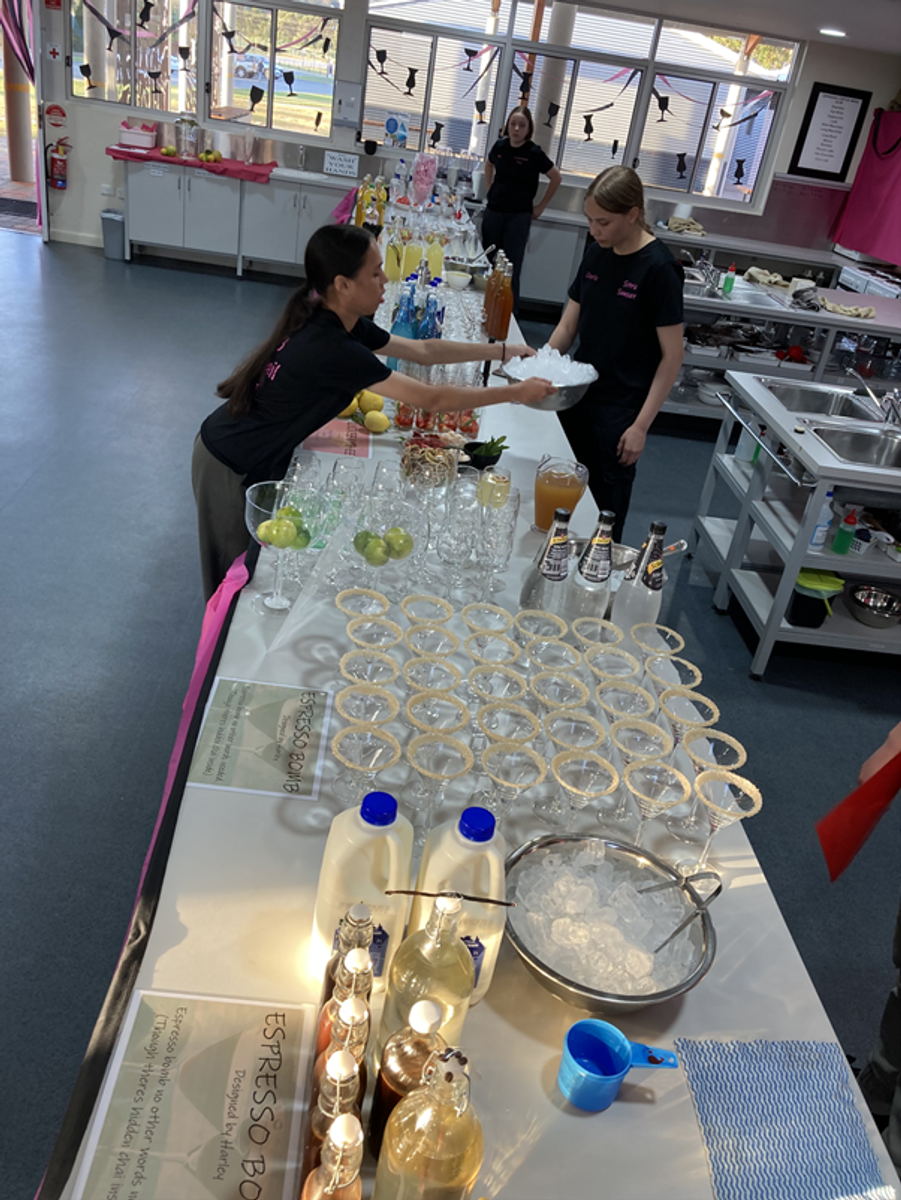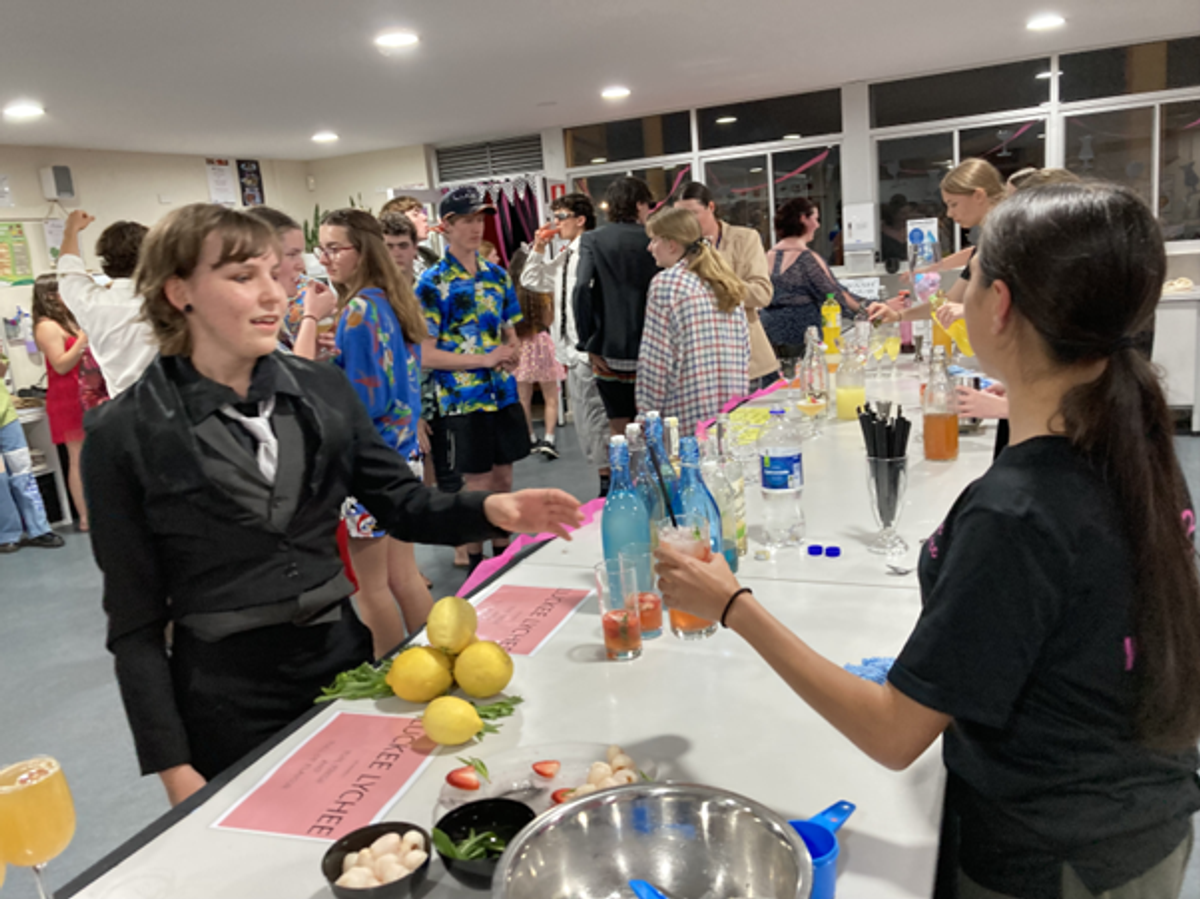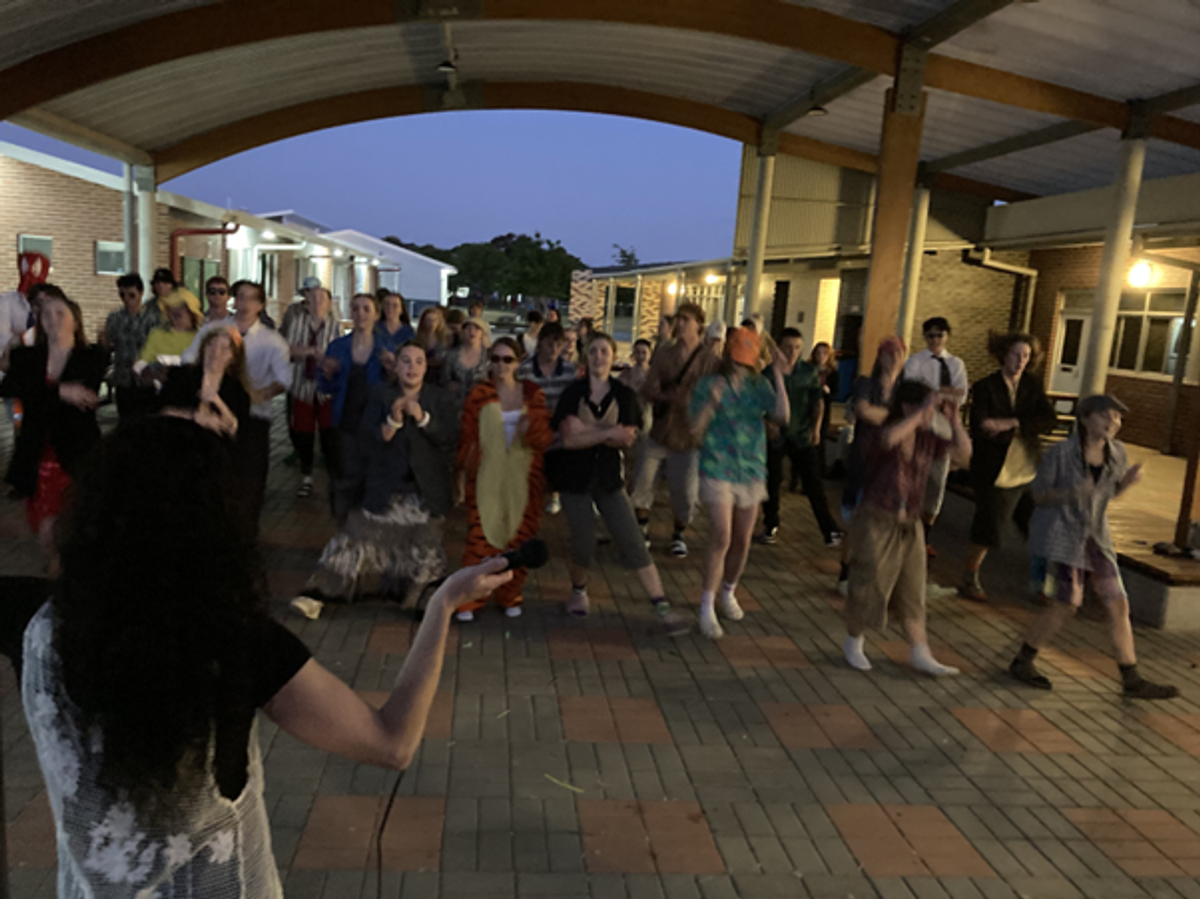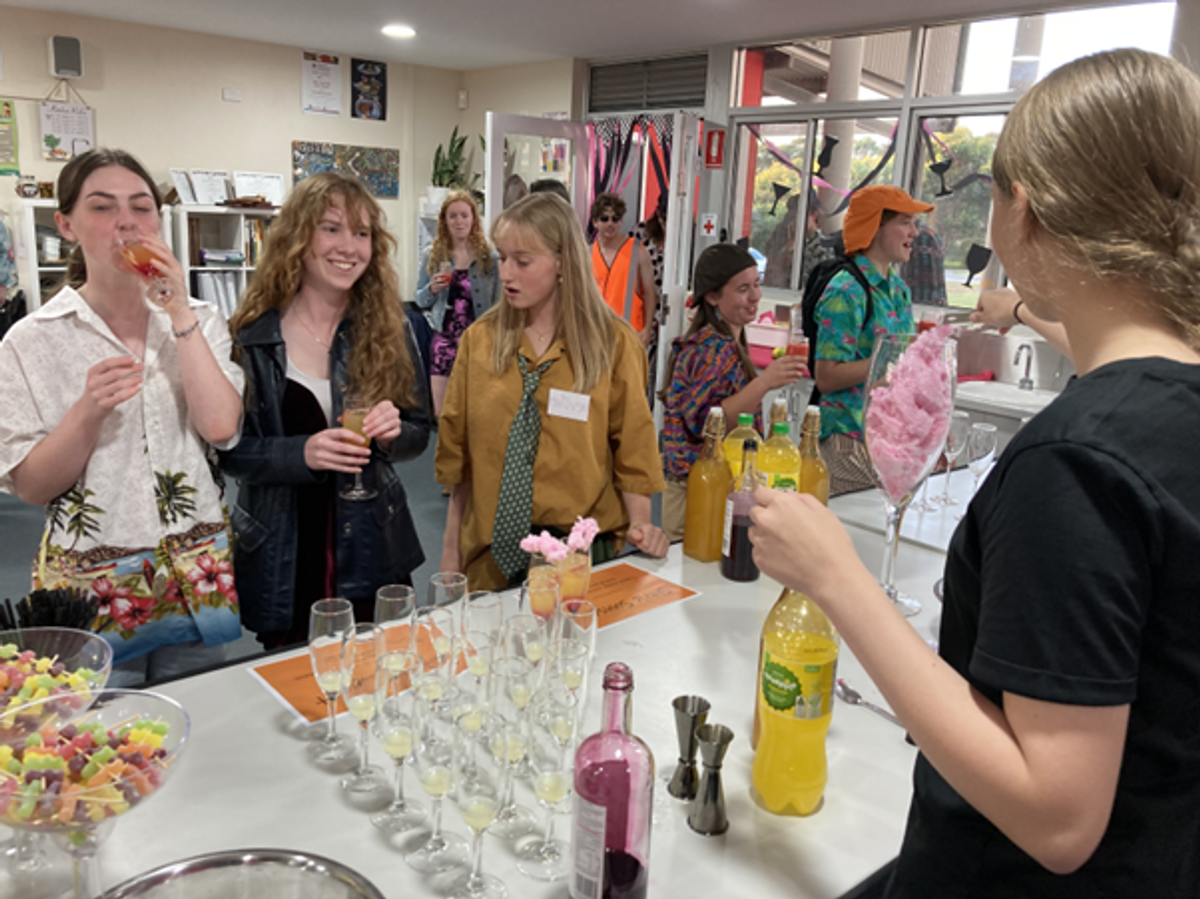Secondary School
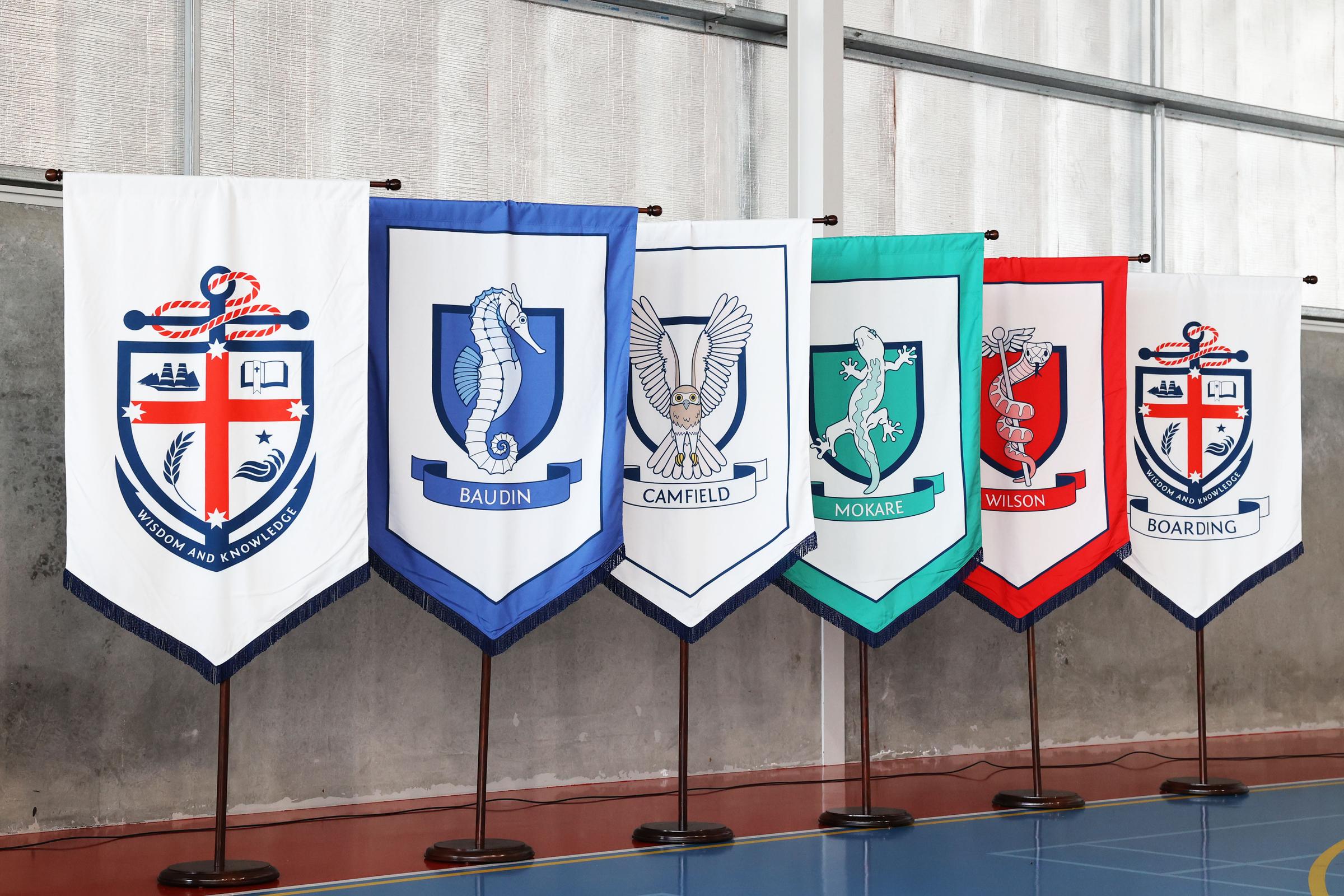
As we move into the second half of our final term for the year, we talk to students about the importance of finishing the year well. Some students are keen to find the motivation for a final effort to complete assessments well, participate in school events and enjoy the final weeks with their friends before the long summer break. Others find this challenge more of a struggle which is also understandable. They are tired, have perhaps struggled with an assessment or a friendship and simply want the year to be over.
Finishing the year well is important; the sense of accomplishment from crossing the finishing line is significant and I encourage you to reach out to us if your child is struggling to stay on track at this time of the year. There are many ways in which we can offer support.
From an assessment point of view and in response to feedback from students and families, we have introduced a package to our staff this term called A Learner’s Toolkit (alearnerstoolkit.com.au). The package is based on research and provides six clear strategies to help students learn how to study. They are detailed at The 6 Strategies – A Learner’s Toolkit (alearnerstoolkit.com.au).
In summary, they are:
Read It
Read It uses the cognitive process of active reading. Active reading is the purposeful construction of meaning from text. Constructing meaning occurs by connecting the text and your existing knowledge/understanding. Using activity reading strategies, like Eagle and Wolf, aids one’s ability to regulate their ability to read and interpret the text in an efficient and effective manner.
Retrieve It
Forgetting is the number one enemy of learning. Retrieval is the top cognitive strategy that fights forgetting. Retrieve It uses the cognitive process of retrieval practice. Retrieval practice in the purposeful recall of learned information from one’s long-term memory. It exploits the testing effect to connect new knowledge. This strengthens the speed at which we retrieve information and works against forgetting.
Space It
Space It is the purposeful distribution of study over a defined period. Applied in association with Retrieve It, this strategy can significantly impact one’s ability to fight forgetting. Retrieval over time requires effort to remember past content/concepts. The addition of effort aids the construction of the connections between this content/concepts in the brain. In turn, this aids the speed of future recall.
Space It uses the cognitive process of spaced practice. Spaced practice also helps you not fall into the trap of cramming. By spacing out your learning/study and doing little bits often, you often benefit from doing little bits. Also, you are preventing a significant drop in your understanding brought about by the Forgetting Curve.
Jumble It
Jumble It is also known as interleaving. Interleaving, like Space It, works against the negatives of cramming/massing your practice/study by changing/jumbling the order of what is studied.
Changing the study order requires multiple processing strategies to see the links, similarities and differences between concepts. Interleaving can scaffold the practice of cognitive thinking strategies or problem-solving processes. Furthermore, jumbling the order of what we study naturally engenders effort, and effort is critical to strengthening learning.
Visualise It
Visualise It is also known as dual coding. Dual coding is when the arrangement and organisation of the text and accompanying images create a meaning that is easier to comprehend than pictures or text alone.
Allan Paivio’s dual coding theory suggests that there are visual and verbal intake channels in the brain (like lanes on the highway/street). Paivio suggests that the simultaneous use of the verbal and visual channels in the brain supports the absorption of more informing while reducing the impact of cognitive load. So, using the highway/street example, a traffic jam is created when you shut one of those lanes to the traffic. Similarly, if you use only one channel, all that information overwhelms the ability of the brain to take in that information, thereby creating a traffic jam of information/knowledge.
Connect It
Elaborative Interrogation is key to going from knowledge to understanding. Connect It is also known as Elaborative Interrogation. Elaborative Interrogation involves explaining and describing ideas with many details. The process involves making connections among ideas you are trying to learn. These connections help the learner build schemas in their mind. The construction of schemas is the building block required for understanding.
Asking ‘what’, ‘why’ and ‘how’ questions encourage the production of explanations for the ideas you are learning. These prompts engender the thinking process that integrates new material with the knowledge you already know and your previous experiences.
Many teachers have started sharing and using strategies from the toolkit with their classes and we plan to build the strategies in to our classrooms more comprehensively next year.
There is a section for parents For Parents – A Learner’s Toolkit (alearnerstoolkit.com.au) and students and I look forward to sharing more information with you as we develop the program more here at Great Southern Grammar.
Year Eleven Mocktail Party
Rosie Nicoll (Year Eleven)
Hi everyone, in Week Four the Year Eleven students attended the annual mocktail party. It was a really great opportunity for our year to gain yet closer connections with each other.
The theme is op shop dress which entails a $20 budget that students use to go out and search through op shops to find the best outfit they can. The costumes were very fun and extremely daggy and some highlights included a batman mask, tradie outfits, Hawaiian shirts, suspenders, jorts, fairy wings, tiger costumes and a massive crocodile floaty.
The mocktails were really fantastic too, ranging from citric sunset to ginger snap. Thank you so much for the hospitality students, Regan, Wayahpo, Ella, Ben, Charlie and Harley who ran such a delicious endless mocktail bar.
The party was a good opportunity to chill out a bit during a very busy week full of lots of assessments. We really enjoyed just being able to let loose and hang out with friends enjoying some good music and dancing. Mrs O’Donnell ran some very well taught dance lessons that challenged us to learn dances that will we will join in on at our Year Twelve Ball. Socialising and relaxing whilst loading up on sugar was a really fun and something for you all to look forward to when you reach Year Eleven.
Mrs Victoria Turnor | Head of Secondary

